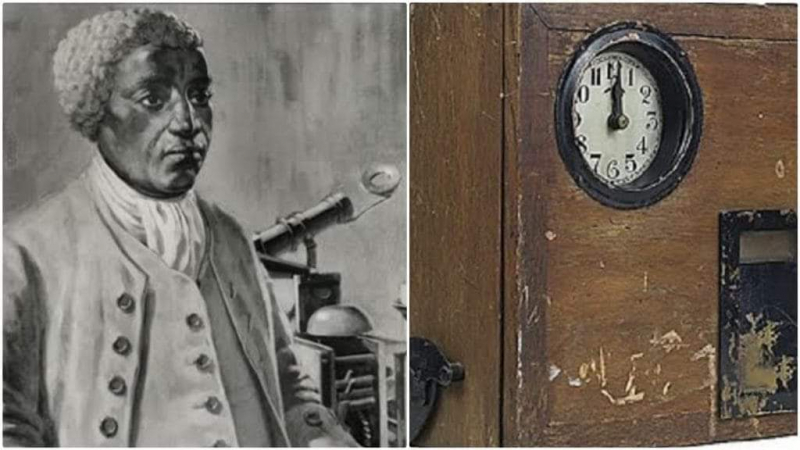He Built A Wooden Clock When He Was In His Twenties
According to PBS, Banneker had only "seen two timepieces in his lifetime—a sundial and a pocket watch" when he was 22 years old in 1753. Clocks weren't widely used in America at the time. Still, according to PBS, "Banneker built a striking clock almost entirely out of wood, based on his own plans and calculations, on the basis of these two mechanisms. Up until it was destroyed in a fire forty years later, the clock kept on ticking. The clock, which was made completely of hand-carved wooden components, attracted visitors from far and wide.
It is claimed that it was based on his memories of a pocket watch's mechanism. He must have thought of it as a mathematical puzzle as he meticulously carved each toothed wheel and gear from seasoned hardwood with a pocket knife. He used either a glass bottle cap or a metal can as a bell. The clock, which seems to have been the first in the area, attracted anyone who heard about it to his cabin to see it and hear it strike. Up until his passing, the clock ran well for more than fifty years. There is disagreement about whether it was the first wooden clock manufactured in America; various sources disagree, including the United States Postal Service, which claims Banneker was responsible. Whatever the circumstances, it was nonetheless a significant accomplishment that improved his intellectual standing.
It is notable for being the first clock constructed entirely in the United States and maintaining accurate time even after his passing in 1806. He was soon pushed to pursue astronomy, which he did exceptionally well in. He started performing astronomical calculations in 1788, and in 1789, he correctly predicted a solar eclipse that took place. From that point on, he started making additional astronomical observations and forecasting future solar eclipses by ten years.









